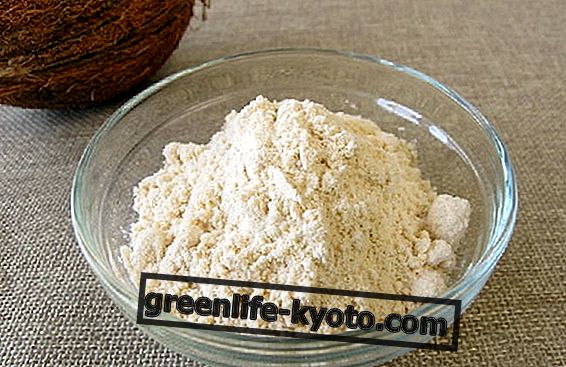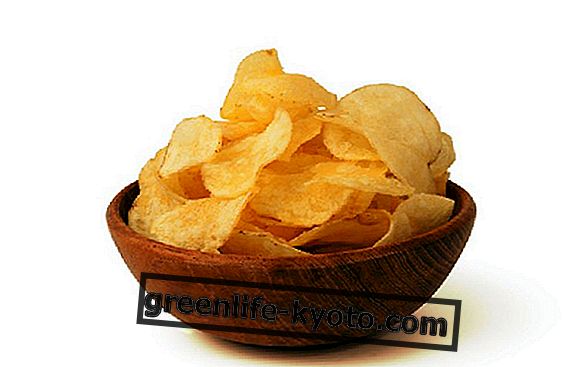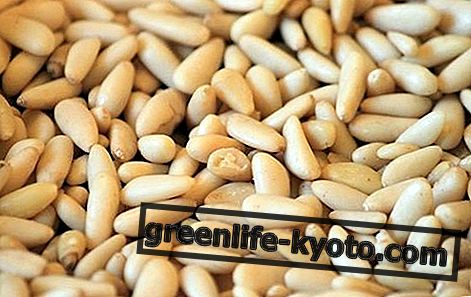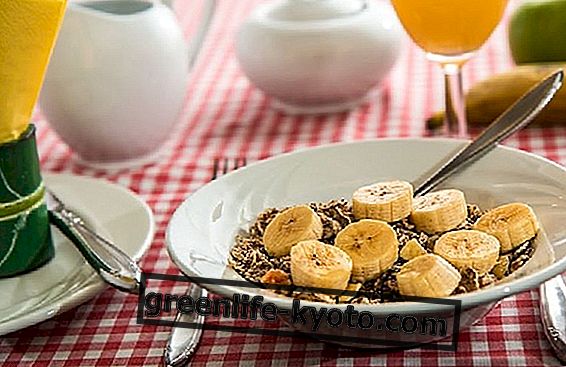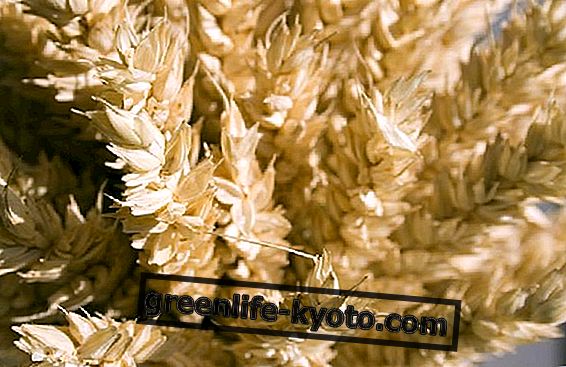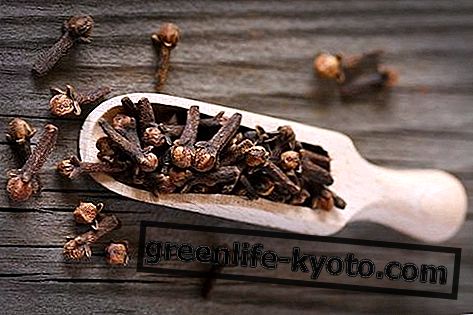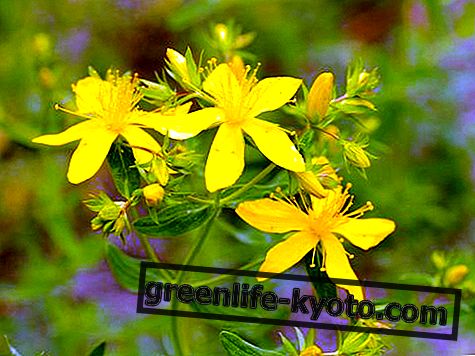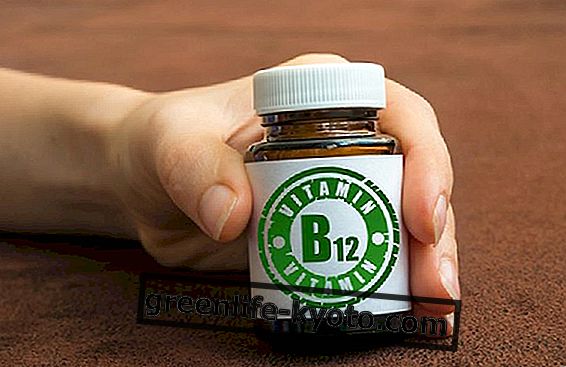
Linseed oil is a vegetable oil obtained from the cold pressing of the seeds of the homonymous plant is characterized by a slightly bitter walnut flavor. When it takes an unpleasant taste (of "fish") it means that it is rancid and must be thrown away, it is very sensitive to heat, and at too high temperatures it is denatured, losing its effectiveness.
Linen was cultivated in Babylon as early as 3000 years before the coming of Christ and, it seems, that even King Charlemagne, fascinated by the beneficial properties of his seeds, promulgated a law that obliged his subjects to make regular food consumption.
Not surprisingly, flax seeds are considered among the most powerful foods in the world in terms of health benefits. Linseed oil is also used in nutrition as a supplement for high nutritional qualities: it is a much cheaper substitute for cod oil.
Linseed oil also has a cosmetic use, since, having emollient properties, it is used for the care of the skin and especially the hair to which it seems to give special shine and softness.
Properties and benefits of linseed oil
Linseed oil is the richest in linolenic acid, vitamin E and lecithin, which is why it is considered a powerful antioxidant. It is traditionally used to improve skin and hair and to eliminate cholesterol and triglycerides through its internal use (as a condiment oil or in pearls as a natural supplement) and its external use, in natural cosmetics as a massage oil .
This precious oil also performs important digestive and intestinal actions, especially preventive of many degenerative diseases affecting the cardio-circulatory, musculoskeletal and nervous systems. It is an excellent supplement to vegetarian diets.
Linseed oil among the natural remedies for dandruff: discover the others
Food use
A diet rich in linseed oil brings a high percentage of essential polyunsaturated fatty acids (omega 3-6 or vitamin F). The intake of these nutrients must necessarily come from the diet, since the body is not able to produce them.
Omega 3-6 are effective in protecting the body from cardiovascular diseases, some types of cancer and some inflammatory and neurodegenerative diseases.
The antioxidant activity is enhanced by the excellent vitamin E content (17.5 mg per 100 g). Good also the presence of lecithin, a set of phospholipids necessary for the proper functioning of the nervous system and the brain. Anti-inflammatory properties are also ascribed to this oil, useful in the case of hemorrhoids and regulating intestinal function .
Two teaspoons of linseed oil a day are able to satisfy, on their own, the daily need for alpha-linolenic acid (omega 3). This food can therefore be used to flavor a light meal of vegetables and white meat, but without exceeding the recommended intake rates. Only by combining it with traditional lipid sources, such as olive oil, it is in fact possible to satisfy the needs of all fatty acids, including saturated acids, which at the right doses are however essential for optimal physical efficiency.
Linseed oil for hair
Linseed oil is the elective remedy for hair beauty. It is used to nourish dull, brittle and damaged hair with compresses before washing, balms after schampoo or to polish them after drying and eliminate frizz.
Description of the plant
Linum usitatissimum - Linaceae
Annual herbaceous plant between 30 and 60 cm high with erect stem, very fragile, branched in the final part. The root is a short taproot. It has tender, lanceolate leaves.
The flowers are large, sky-blue in color, with 5 sepals, 5 petals, 5 yellow stamens. The fruits are capsules containing small and black or orange seeds, depending on the variety. Flax seeds were used in traditional medicine as a laxative, so those of psyllium are used. Oil is also obtained from the seeds that in the past was used as a fixative in painting and for the treatment of wood in furniture restoration.

